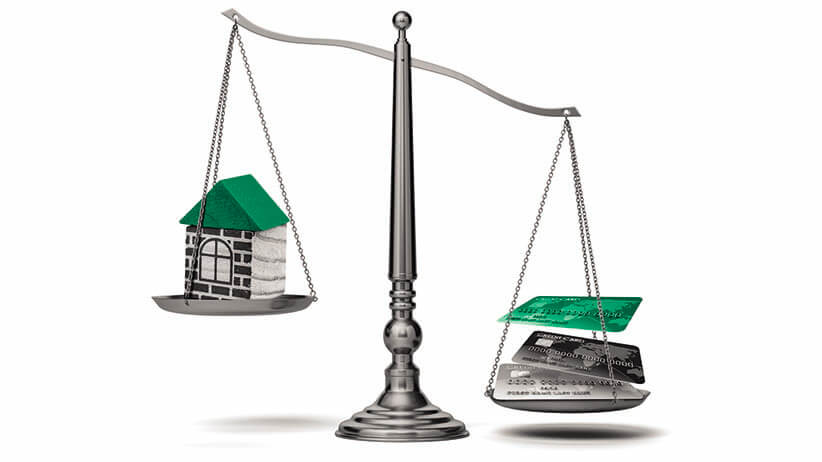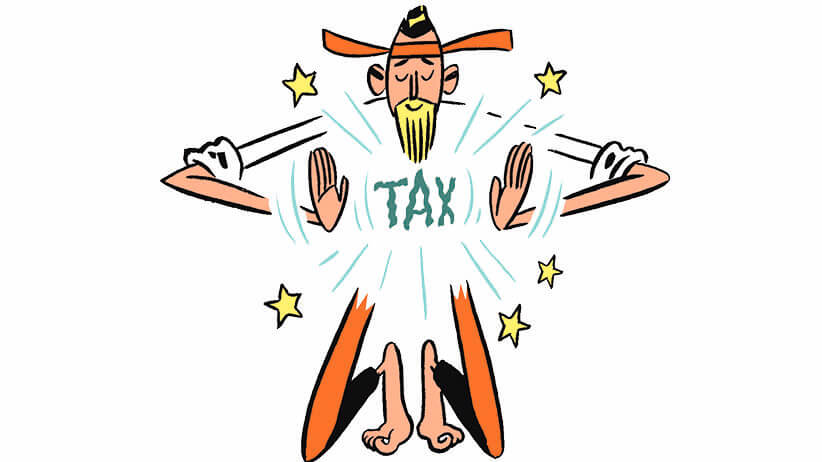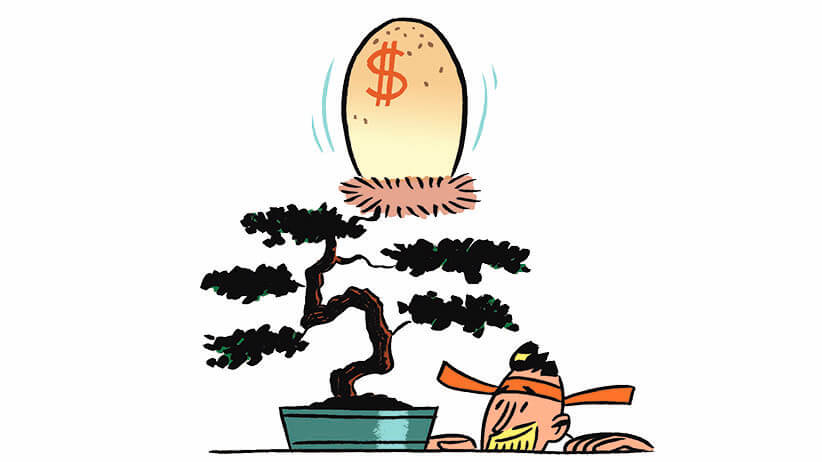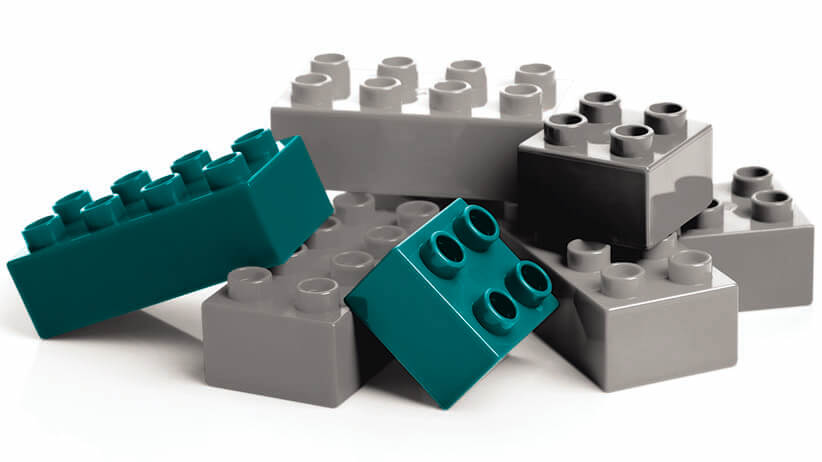10 steps to mastering your money
These foundations of personal finance will help you find the discipline you need to reach your goals
Advertisement
These foundations of personal finance will help you find the discipline you need to reach your goals










WATCH: How to start saving money[bc_video video_id=”6023938649001″ account_id=”6015698167001″ player_id=”lYro6suIR”]
Share this article Share on Facebook Share on Twitter Share on Linkedin Share on Reddit Share on Email